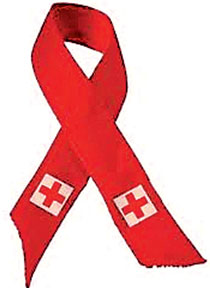World HIV drug treatment on target
 The world is more than half way to providing drug treatment for HIV
to all those who need it, Aids experts said - but there may not be
enough money to finish the job. The world is more than half way to providing drug treatment for HIV
to all those who need it, Aids experts said - but there may not be
enough money to finish the job.
In 2011, more than eight million people in developing countries were
receiving antiretroviral therapy, a 20 per cent increase on the number
in 2010.
The rate of growth is on track to achieve the target set in 2011 by
the UN of 15 million HIV infected individuals receiving treatment by
2015, according to Michel Sidibé, executive director of UNAIDS, whose
latest report is published today ahead of the 19th International AIDS
Conference in Washington next week. Mr Sidibé said the world "deserves
no less than a future of zero new HIV infections, zero discrimination
and zero AIDS-related deaths". "The world is investing in this vision
and the investment is paying off," he said.
But the international charity Médecins Sans Frontières (MSF) said
progress was still too slow. Eric Goemaere, a senior MSF doctor, said:
"Almost one in two people don't have access to the medicines they need
to stay alive.
"If we are going to reach all the people who need treatment we are
going to have to double the pace. Every day more people need to be put
on treatment than the day before."
The UNAIDS report shows that while domestic funding for HIV has
increased by 50 per cent since 2006, international donations have
remained flat since 2008. An extra 1.4 million people began receiving
HIV treatment in 2011, but 2.5 million were newly infected, including
330,000 children. The total population living with HIV rose to 34.2
million, the highest level, reflecting the success of treatment in
keeping people alive. Two major threats lie ahead - the continuing
shortage of funds caused by the global economic collapse - and the
growth of drug resistance. The latter is currently low in most countries
but rising in some - and the costs of combination treatments to combat
it can be punitive - up to $6,000 a month.
- The Independent
|

